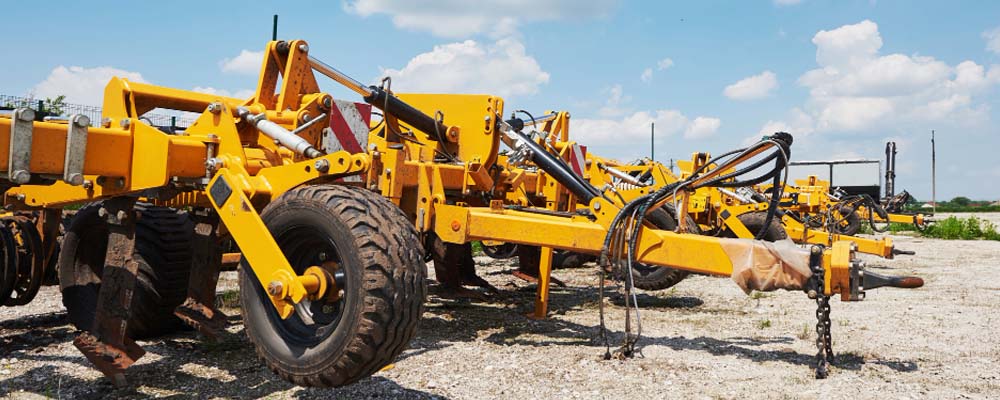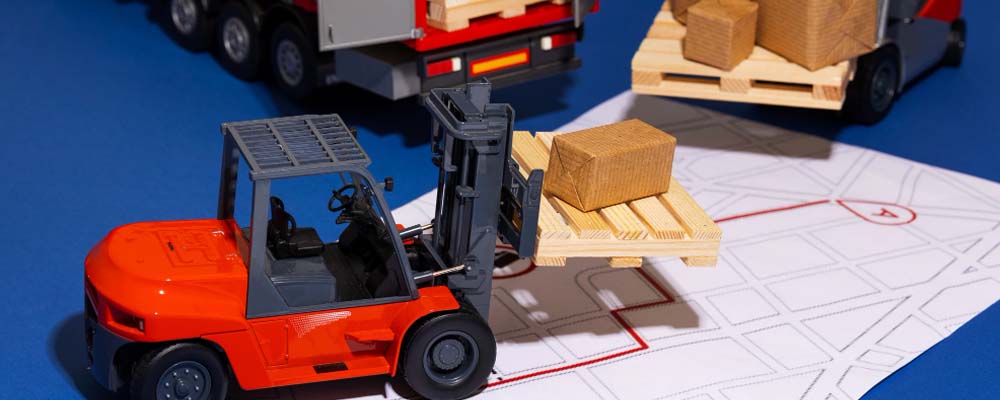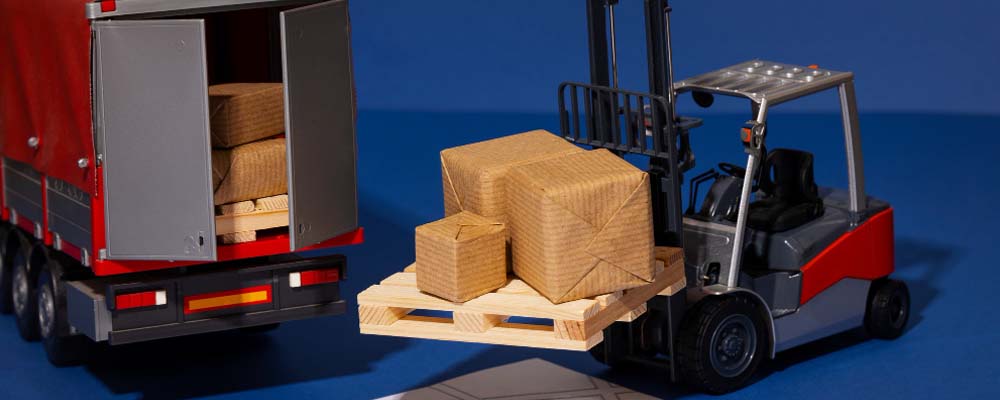
Bangladesh, a rising economic hub in South Asia, has become synonymous with rapid industrialization and expanding global trade. One of the critical elements fueling this growth is the importation of machinery, which forms the backbone of its manufacturing and industrial sectors. For freight forwarding companies, logistics providers, customs brokers, and other stakeholders in the supply chain, understanding the intricacies of Bangladesh’s machinery imports is essential. This blog delves deep into the reasons behind machinery’s dominance in Bangladesh’s imports, the challenges faced in logistics, and opportunities for businesses.
1. The Importance of Machinery in Bangladesh’s Economy
Machinery plays an indispensable role in the development of Bangladesh’s major industries, including textiles, garments, pharmaceuticals, construction, and agriculture. With these sectors contributing significantly to the GDP, the demand for modern, efficient, and high-capacity machinery has surged.
a. Industrial Growth and Infrastructure Development
Bangladesh’s growth trajectory owes much to its industrial boom. The country’s flagship Ready-Made Garments (RMG) sector accounts for more than 80% of export revenue. Advanced textile machinery, such as spinning, weaving, and dyeing machines, is crucial for meeting production standards and international demand. Additionally, the government’s focus on infrastructure projects, such as bridges, highways, and power plants, has driven up the import of construction machinery and equipment.
b. Technological Advancements in Manufacturing
The global shift toward automation and efficiency is pushing Bangladeshi industries to adopt new technologies. This is especially evident in pharmaceuticals, where precise machinery ensures compliance with international quality standards. Similarly, food processing industries rely on modern equipment to meet rising domestic and international demands.
c. Agricultural Modernization
Agriculture remains a vital part of Bangladesh’s economy, employing nearly 40% of the population. The mechanization of farming processes through imported machinery, such as tractors, harvesters, and irrigation systems, has significantly boosted productivity.
2. Major Types of Imported Machinery
Bangladesh imports a wide range of machinery, catering to diverse industrial needs. Understanding the types of machinery most in demand offers insights into market trends and opportunities for logistics providers.
 a. Textile and Garment Machinery
a. Textile and Garment Machinery
As a global leader in textile and garment manufacturing, Bangladesh’s demand for sophisticated machinery such as sewing machines, embroidery machines, and industrial looms is unmatched. Countries like China, Japan, and Germany are leading suppliers of these machines.
b. Construction and Heavy Equipment
With mega projects like the Padma Bridge, metro rail systems, and the Dhaka Elevated Expressway, imports of construction machinery, including cranes, excavators, and concrete mixers, have skyrocketed.
c. Pharmaceutical Machinery
The pharmaceutical sector, which meets 98% of domestic demand and exports to over 150 countries, relies on imported machinery for production, packaging, and quality assurance.
d. Electronics and Automation Equipment
Automation in manufacturing has led to an increase in demand for robotics, control systems, and electronic assembly machinery.
e. Agricultural Machinery
Bangladesh’s agricultural sector increasingly depends on imports of plows, tillers, irrigation pumps, and post-harvest processing equipment.
3. Key Trade Partners for Machinery Imports
Bangladesh sources machinery from several countries, each offering specialized technology and expertise. Here’s a look at the top trade partners:
- China: Dominates the machinery market with affordable and diverse options, catering to small and medium-sized enterprises.
- India: Supplies agricultural and light industrial machinery due to geographical proximity and favorable trade agreements.
- Germany and Japan: Renowned for high-quality and precision machinery, primarily catering to large-scale industries.
- South Korea: Supplies machinery for electronics and automotive manufacturing.
For freight forwarding companies and customs brokers, understanding the logistics and compliance requirements of these countries is crucial to ensure smooth imports.
 4. Logistics and Supply Chain Challenges
4. Logistics and Supply Chain Challenges
Importing machinery into Bangladesh presents unique logistical challenges. Stakeholders in the logistics industry must navigate these hurdles to maintain efficiency and competitiveness.
a. Port Congestion
Chattogram Port, the main gateway for imports, frequently experiences congestion due to insufficient infrastructure and high volumes of cargo. Delays in clearing machinery shipments can disrupt supply chains.
b. Regulatory Hurdles
Customs procedures in Bangladesh can be complex and time-consuming, particularly for high-value machinery that requires detailed documentation and valuation.
c. Transportation Infrastructure
The country’s internal transportation network, though improving, still faces issues such as road congestion, inadequate rail connectivity, and insufficient warehousing facilities.
d. Handling of Oversized Cargo
Machinery often qualifies as oversized or heavy cargo, requiring specialized handling equipment, trained personnel, and compliance with safety standards.
e. Compliance with Standards
Ensuring that imported machinery adheres to Bangladesh’s regulatory and safety standards is a critical challenge for importers.
5. Opportunities for Logistics Providers and Freight Forwarders
The growing machinery import sector presents lucrative opportunities for logistics companies, customs brokers, and industry stakeholders.
a. Specialized Logistics Solutions
Investing in specialized equipment and expertise for handling oversized machinery can set logistics providers apart from competitors.
b. Digitalization of Supply Chains
Implementing advanced tracking systems, online customs documentation, and automated freight management can streamline operations and reduce delays.
c. Value-Added Services
Offering services such as customs consulting, compliance assistance, and warehousing can attract machinery importers seeking end-to-end solutions.
d. Collaborations with International Partners
Logistics providers can benefit from forming alliances with international shipping companies to offer seamless door-to-door services for machinery imports.
6. Role of Government and Policy Support
The Bangladeshi government has introduced policies to facilitate machinery imports, recognizing their importance for industrial growth.
a. Reduced Tariffs and Incentives
Machinery imports for certain industries, such as textiles and renewable energy, enjoy reduced tariffs and duty exemptions.
b. Infrastructure Development
Ongoing upgrades to ports, railways, and roads aim to support efficient logistics and transportation of machinery.
c. Ease of Doing Business
Government initiatives to simplify customs procedures and encourage foreign direct investment (FDI) contribute to a more favorable import environment.
 7. Conclusion
7. Conclusion
Bangladesh’s machinery import sector is integral to its economic growth, supporting industries from textiles to agriculture. However, navigating the challenges of port congestion, regulatory compliance, and specialized logistics requires strategic planning and collaboration among stakeholders.
For freight forwarders, customs brokers, and logistics providers, understanding the dynamics of this sector is key to offering tailored solutions that add value to the supply chain. By leveraging government support, investing in technology, and staying ahead of industry trends, businesses can tap into the vast opportunities presented by Bangladesh’s machinery import market.
Whether you’re a logistics provider looking to optimize your operations or an importer seeking reliable partners, the machinery import sector holds immense potential for driving growth and innovation in Bangladesh.




 a. Textile and Garment Machinery
a. Textile and Garment Machinery 4. Logistics and Supply Chain Challenges
4. Logistics and Supply Chain Challenges 7. Conclusion
7. Conclusion



